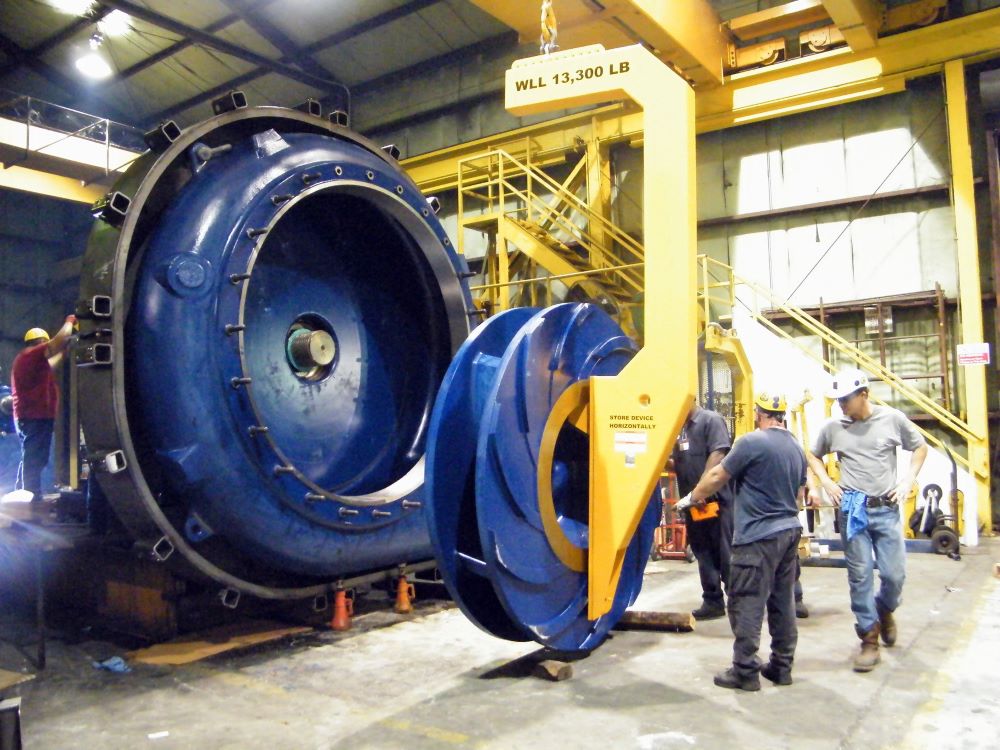Tips from KSB Mining on removing a stuck pump impeller


Pump maintenance is of special importance as the impeller, along with pump casing and suction liner, determine pump performance, notes KSB Mining. But what happens when a pump is not performing optimally due to a stuck impeller – and what could cause an impeller to get stuck in the first place?
Impellers can get stuck for many reasons. But pump owners and operators can avoid such issues by following this advice.
Here are two scenarios GIW recommends against:
In fact, most “stuck impeller” issues have to do with gaskets. But some extenuating circumstances exist that can also lead to impellers getting stuck on pump shafts.
Sometimes the threads break either on the shaft or the impeller, they get crossed, or the impeller won't break loose. Upon inspection, if the threads look damaged or broken, clean them up. A pencil grinder can be used to prevent more damage.
Putting a new impeller on worn threads can result in rapid failure and damage to other wet-end parts. Pumps with stuck impellers, will cause bearings to fail, which risk causing damage to pump motors. All of this can lead to additional repair issues. Once a bearing fails in the assembly, there is not much that can be done other than cutting the shaft off behind the impeller to remove it.
For more tips on getting the best performance, and least downtime, on slurry pumps, subscribe to the monthly pump fundamentals blog from KSB.
Comments